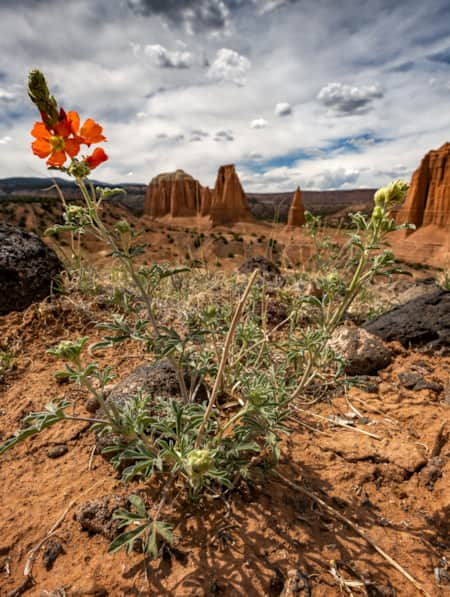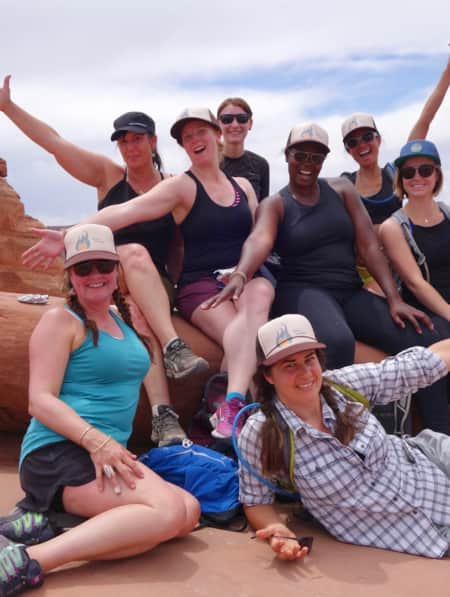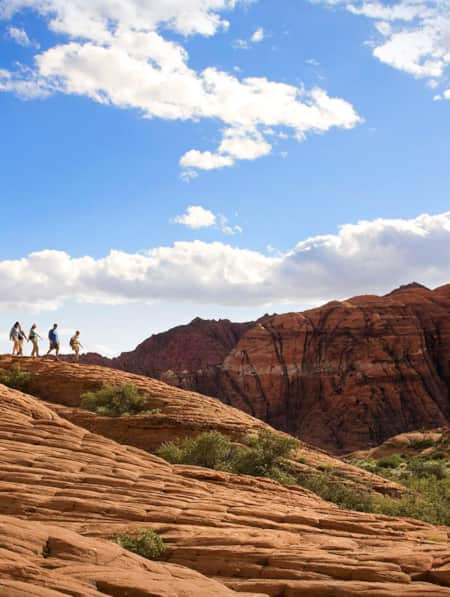Elevate Your Hiking with Mindfulness
Mindful hiking is the perfect way to explore how being present in nature can transform how you feel.
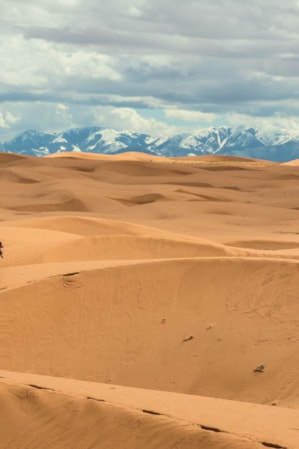
In my mind, there are few things more rejuvenating than hiking or walking in nature. One of the biggest reasons I fell in love with Utah after I moved here is that beautiful nature is so accessible. I get to travel across the state often, and it seems like I am always just minutes away from a spectacular trailhead. Whether I am hiking in the mountains or traversing trails in the desert, nature has always been a refuge — it’s a change of pace from the city, from being stuck inside, from being sedentary at a desk or in a car.
Exercising in nature helps me destress, reprioritize and feel more energy. But when I was introduced to mindfulness practices in tandem with hiking, my time in nature took on new meaning. The concept of mindfulness isn’t new to me (Read: “A Photographer’s Guide to Mindful Travel.”). Many studies and articles I’ve encountered over the last few years explored how being more mindful and grounded in the present can positively impact your mind and body.
"Mindfulness can be explained a lot of different ways, but most simply, it’s the ability to be present and aware of the current moment."

Photo: Angie Payne
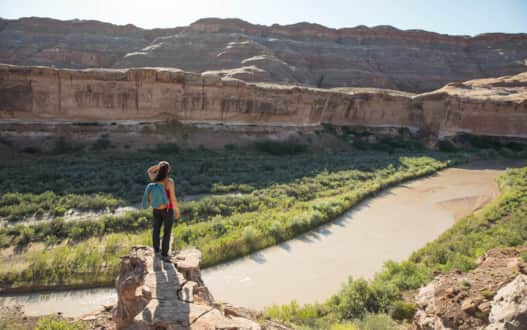
Photo: Andrew Burr
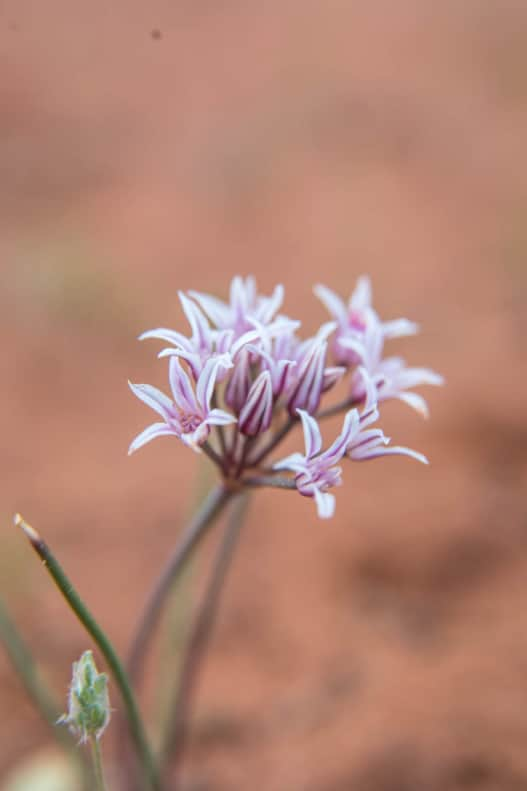
Photo: Andrew Burr
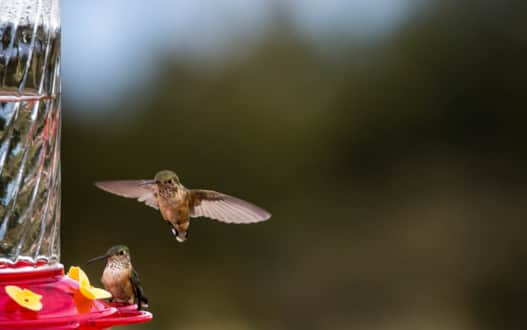
Photo: Jay Dash
Mindfulness can be explained a lot of different ways, but most simply, it’s the ability to be present and aware of the current moment. It’s bringing awareness to what you are directly experiencing through your senses.
Why is mindfulness so effective? In a world that’s hectic and high-energy, it’s incredibly beneficial to stop and re-center by noticing what’s around you. I often find myself stuck in one of two places. I am either ruminating on a past — perhaps revising what I wish I would have said in a certain moment or reliving a better time on a past vacation. Or I am desperately worrying about and planning the future — what if that project doesn’t get done on time or what if someone I love gets really sick? I can easily spend the majority of a day doing what’s been described as “rehasing the past” or “rehearsing the future."
The biggest problem with rehashing or rehearsing is that those thoughts can often be a source of stress and anxiety. This is where mindfulness can become a powerful antidote. Spending time each day meditating and grounding ourselves in the present has been tied to less stress, fewer unwanted thoughts, heightening creativity, encouraging gratitude and combatting overall mental fatigue.
Similar to mindfulness, many studies tie nature therapy, or ecotherapy, to increased awareness and decreased stress. Research has even tied nature to increasing the part of our nervous systems that helps our minds and bodies relax and calm down after being provoked. No wonder I immediately fell in love with mindful hiking: Mindfulness and nature are two of the best strategies — available at my fingertips — to relieve stress and re-focus. (Read: “It’s About Time We All Unplugged.”)
So let’s get into how.
Whether you’re a mindfulness beginner or experienced pro, mindful hiking can be both a great entry point and a great way to take your mindfulness practice to the next level.
Set an intention.
Mindful hiking is intentional, beyond briefly noticing a leaf or an interesting rock as you hike. So, set your parameters before you start. Are you going to practice mindfulness for three 15-minute intervals? Are you going to start your practice from the beginning of the trailhead or after you get into your hiking rhythm? Make sure you have a plan so that you can be as focused as possible once you start.
Sometimes to help me be intentional, I like including a mantra or an affirmation at the beginning to set the tone for my mindful hike. I might say to myself: “I don’t need to be anywhere else right now. No one needs me. I can take this time to focus and be in nature.” If you’re new to affirmations, they can feel a little awkward, but you’re just reminding yourself of your purpose and giving yourself permission to be present.
Remove distractions.
Once you’re ready to start your practice, try to remove unwanted distractions. This will set you up for success as you seek to focus and be in the moment.
For example, if you have made it a goal to practice mindfulness for a certain amount of time on your hike, set a timer so that you don’t have to constantly look at a watch or phone. If you don’t want to be so tied to time, pick a point in the distance and practice mindfulness until you reach that tall tree or the chunky bolder. Another consideration, if you’re a hiker that loves music, leave the headphones in your backpack while you’re trying to be present. Being focused requires more energy than you think. Removing the distractions in your control can help you, especially if you’re new to mindfulness practices.
Take a physical inventory.
As you begin, take a physical inventory of how you feel. Notice your body. What muscles are tight? Where are you feeling fatigue? Where are you feeling strong? Notice your mind. Are you feeling foggy? Are you focused on other things? Are you upset by something that happened earlier? Taking a physical inventory helps you see the impact of your mindful hike as you compare it to how you feel at the end of your practice. It can also help to take those things that try to tug at our focus, acknowledge them, and set them aside as we move into our mindful practice.
Take some deep breaths.
Once you’ve taken inventory of how you’re feeling, take several deep breaths. Try breathing in for four counts, holding for two, and exhaling six. Do this as many times as you like. Your breathing floods the body with oxygen, which will help ground you in the present and relax you as you begin to focus on your senses.
Let’s get deeper into your practice: Focus in on the senses.
As you begin to deepen your mindfulness, your senses become the entry point to the next phase of your practice. Focus in on one sense at a time. As you do so, remember that it’s okay if your mind wanders. Don’t be frustrated with yourself, just gently bring your mind back to focus.
- Seeing. Notice what you can see. Scan around you and take it in. A leaf dancing in the breeze. A leftover snow patch from winter. The outline of a lake in the distance. Now narrow your focus to one specific thing. Trace the outlines of the object with your eyes. Take your time. Next move to the details in the center. What lines do you see? What colors are you noticing? Think about all the details you need to memorize exactly what you’re looking at.
- Smelling. Softly take your attention from a specific object and move it to what you smell. Take a couple deep inhalations and notice all you can with each. The wet soil from a recent rain or mountain run-off. The scent of sunscreen from your arms. Notice how the smells change as you walk down the path or as you take several deep breaths.
- Hearing. Slowly take your attention from what you smell and listen to what’s around you. First, focus in on sounds close to you — a branch cracking close by or your steps on the trail. Next take your attention out farther. What do you hear in the distance — the low rumbling of a waterfall or a bird up high in a tree?
- Feeling. After you have trained your ears to be active and take in the surroundings, notice what you can feel. Focus on what muscle groups you’re using to hike. Notice how your feet feel in your hiking boots. Feel how the air brushes past the skin on your face as you move or how the breeze floats by as you’re still.
As you meditate on your body, take a final scan of how you feel. Do you feel calmer? More focused? Is your body more relaxed as it has moved along the trail or rested in a still spot? Use this as a time to do a post-practice inventory.
Mindful hiking has become one of my favorite ways to destress, and personally, I notice how it not only impacts the next few hours but also subsequent days. Unlike meditations where you sit and close your eyes, mindful hiking allows you to include everything around you in your practice.
For me, sometimes the motivation for hiking in nature was to escape, but mindful hiking leads me to escape in a new way. I can escape from my stress, negative feelings and restlessness while still remaining present in my body and in the present. Mindful hiking is an easy addition to any outing, and though it may take some extra effort, I hope you enjoy feeling less stress and more grounded as you practice.

